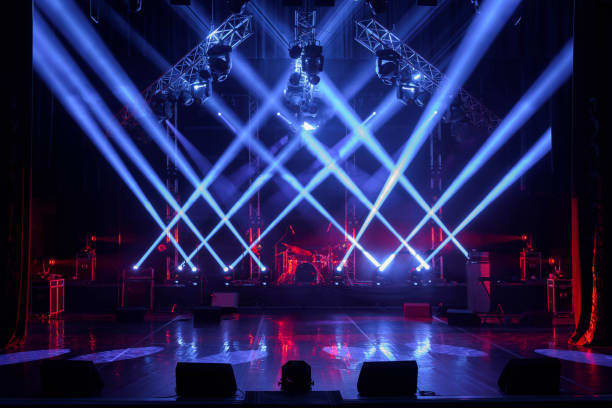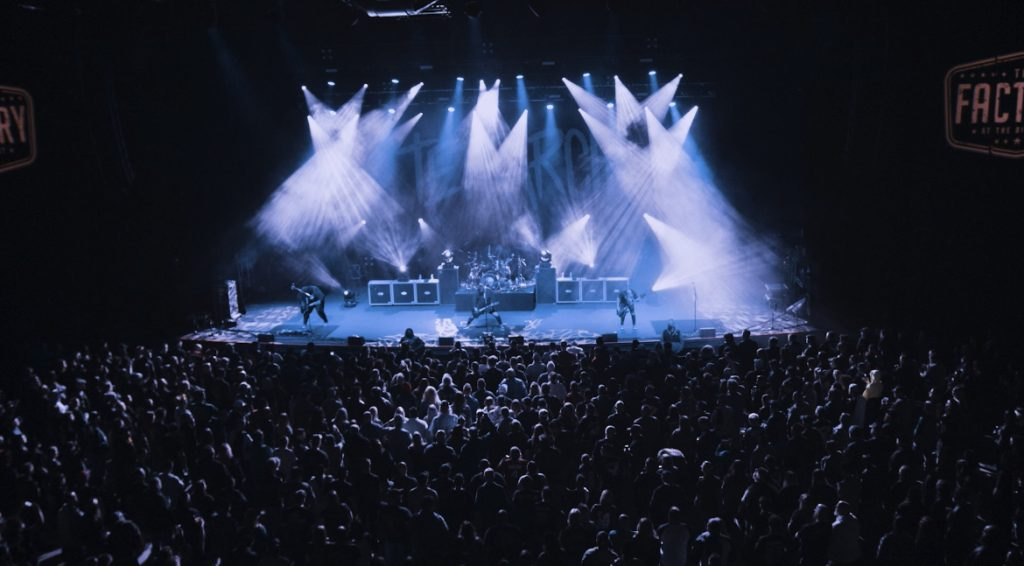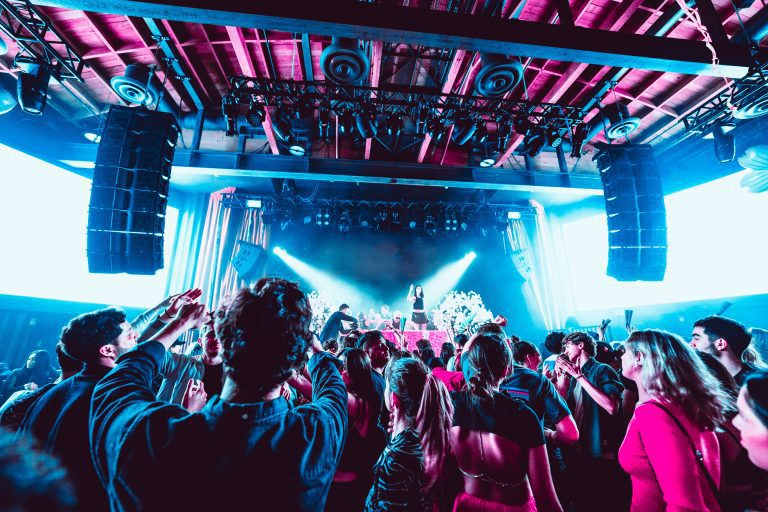As we step into 2025, the realm of stage design is experiencing a transformative evolution. The fusion of technology, creativity, and audience engagement is redefining how events are conceptualized and executed. From the integration of 3D renderings to the emphasis on immersive experiences and advanced lighting innovations, stage design is no longer just a backdrop but a pivotal component of storytelling and audience interaction.
The Rise of 3D Renderings in Stage Design
3D renderings have become an indispensable tool in the arsenal of stage designers. These digital models allow designers to visualize and experiment with stage layouts, lighting schemes, and set pieces before the actual construction begins. This not only streamlines the design process but also ensures precision and coherence in the final output.
The use of 3D renderings facilitates collaboration among various stakeholders, including directors, lighting technicians, and set builders. By providing a comprehensive visual representation, it becomes easier to identify potential issues and make necessary adjustments in the early stages of design. This proactive approach minimizes costly revisions during the production phase and enhances overall efficiency.
Embracing Immersive Experiences
Immersive experiences are at the forefront of stage design trends in 2025. The goal is to transcend traditional audience boundaries and create environments where attendees feel like active participants rather than passive observers. This is achieved through the integration of technologies such as virtual reality (VR), augmented reality (AR), and interactive installations.
For instance, the Sonic Sphere—a multisensory spherical concert hall—exemplifies this trend by enveloping audiences in a 360-degree sound and light experience. Such innovations not only captivate audiences but also offer new avenues for storytelling and artistic expression.
Advancements in Lighting Innovations
Lighting plays a crucial role in setting the mood and enhancing the visual appeal of a performance. In 2025, lighting innovations are pushing the boundaries of creativity and functionality. Dynamic lighting systems, including programmable LED fixtures and projection mapping, allow for real-time changes that synchronize with the performance’s rhythm and narrative.
These advancements enable designers to create versatile lighting effects that can transform the stage environment instantaneously. Whether it’s simulating natural phenomena or crafting abstract visual patterns, modern lighting technologies offer unparalleled flexibility and impact.
Enhancing Audience Interaction
Audience interaction is becoming an integral component of stage design. Designers are exploring ways to break the fourth wall and foster a more engaging and participatory experience. This includes interactive stage elements that respond to audience movements, real-time feedback mechanisms, and personalized content delivery.
By incorporating interactive technologies, performances become more dynamic and tailored to individual audience members. This not only enhances engagement but also creates memorable experiences that resonate on a personal level.
The Integration of Sustainable Practices
Sustainability is a growing concern in stage design. Designers are increasingly adopting eco-friendly materials and practices to minimize environmental impact. This includes using recyclable set components, energy-efficient lighting systems, and modular designs that can be repurposed for multiple productions.
By prioritizing sustainability, the industry is not only reducing its ecological footprint but also promoting responsible and ethical design practices. This shift reflects a broader commitment to environmental stewardship within the creative community.
The Role of Technology in Future Stage Designs
Technology continues to be a driving force in the evolution of stage design. Emerging tools such as artificial intelligence (AI) and machine learning are being utilized to optimize design processes and enhance creative possibilities. AI algorithms can analyze audience reactions and preferences, informing design decisions that align with audience expectations and enhance overall satisfaction.
Furthermore, advancements in holography and spatial audio are opening new frontiers in immersive storytelling. These technologies allow for the creation of lifelike projections and soundscapes that can transport audiences to entirely new realms, blurring the lines between reality and fiction.
Conclusion
The landscape of stage design in 2025 is marked by innovation, interactivity, and a commitment to immersive storytelling. By embracing 3D renderings, immersive experiences, lighting innovations, and audience interaction, designers are crafting environments that captivate and engage audiences like never before. As technology continues to evolve, the possibilities for creative expression in stage design are boundless, promising a future where performances are not just seen and heard but truly experienced.
Frequently Asked Questions (FAQs)
How are 3D renderings transforming stage design?
3D renderings allow designers to create detailed visualizations of stage layouts, facilitating better planning, collaboration, and execution of complex designs.
What technologies are used to create immersive stage experiences?
Technologies such as virtual reality (VR), augmented reality (AR), interactive installations, and spatial audio are employed to craft immersive environments that engage audiences on multiple sensory levels.
How do lighting innovations enhance stage performances?
Advanced lighting systems, including programmable LEDs and projection mapping, enable dynamic and synchronized lighting effects that enhance the visual narrative and emotional impact of performances.
In what ways can audience interaction be incorporated into stage design?
Audience interaction can be facilitated through responsive stage elements, real-time feedback mechanisms, and personalized content, creating a more engaging and participatory experience.
What sustainable practices are being adopted in stage design?
Sustainable practices include using recyclable materials, energy-efficient lighting, and modular set designs that can be repurposed, reducing environmental impact and promoting eco-friendly production methods.





